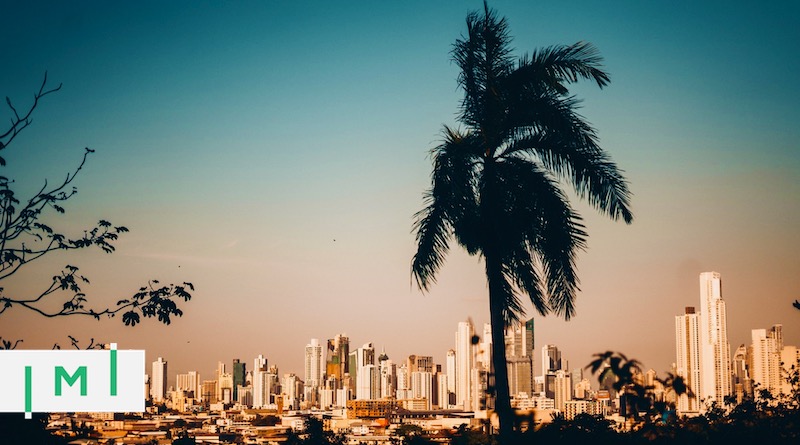3 Ways Panama’s Friendly Nations Visa Became Less Friendly Over the Summer
When the Panamanian Government launched the Friendly Nations Visa in 2012, it was groundbreaking. The new visa offered permanent residency with easy qualification. Originally the citizens of 22 countries were eligible, but that number soon expanded to 50.
To qualify, an applicant needed to show economic or professional ties to Panama, be of good character, have US$5,000, and not much else. There were several cheap and easy ways to meet these requirements, and a transparent process was established. Many immigrants heading to Panama took advantage of the program, making it the most popular way to move to Panama between 2016 and 2019.
In late 2019, rumblings of changes started to circulate. In May and August 2021, the Government issued decrees 197 and 226 outlining the new program.
The 2021 Panama Friendly Nations Visa changes were significant in three main areas:
#1 – There are now only three ways to show economic or professional ties to Panama.
- Own a Panamanian property with a registered value of at least US$200,000. You can finance the property, but only using a Panamanian bank.
- Be an employee of a Panamanian company. You’ll need a valid employment contract before you can apply for the Friendly Nations Visa.
- Deposit at least USD $200,000 into a 3-year fixed deposit account held by a Panamanian bank.
Natalia Mulford of Mulford Abogados in Panama City explains:
”Being an owner or investor in a Panamanian company is no longer accepted by the Friendly Nations Visa program – you can’t just buy a company as proof of economic ties as in the past.”
#2 – The Friendly Nations Visa gives you a two-year provisional residence permit. There is no longer automatic permanent residency as in the past.
When you apply for your Friendly Nations Visa, the Panama Immigration Service will issue a temporary residence visa while they assess your application. The assessment can take up to six months.
Once the application is approved, they will issue a two-year provisional residence permit.
And, after the two-year provisional permit expires, you can apply for permanent residency.
3# – Panama has removed Taiwan from the list of Friendly Nations.
In keeping with Panama’s general diplomatic positions, Taiwanese citizens are no longer eligible for this visa.
So, what do the changes mean for anyone looking to move to Panama?
“The changes mean bigger commitments in Panama,” says Mulford. “Existing immigration programs, plus new ones like the Remote Work Visa and the Qualified Investor Visa, mean there are still excellent options for moving to Panama.”
Simply put, the days of paper ties to Panama are over. With these changes, the Panamanian Government is moving to a much more familiar model, and the Friendly Nations Visa is more like a traditional Residency by Investment program.
While the quick fix is gone, Panama still offers a wide range of visas, work permits, and residence permits for would-be immigrants. There are Panamanian Investment Visa options from as little as US$100,000 for a Reforestation Visa, or the Panama Retirement Visa with pension income of at least US$1,000 a month. Both are pathways to Panamanian citizenship.
The fantastic expat life in Panama means the country will still be a popular choice for visitors. However, many will need to find an option other than the now not-as-Friendly Nations Visa.
Alastair Johnson is the COO of Where Can I Live. He spends his days trying to make moving abroad easier for people around the world. He has lived and worked in South Africa, the UK, Australia, and now Spain.



